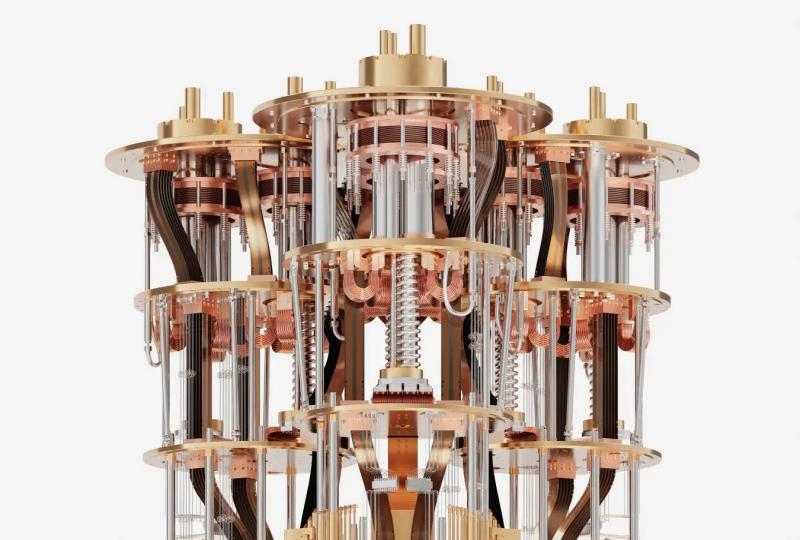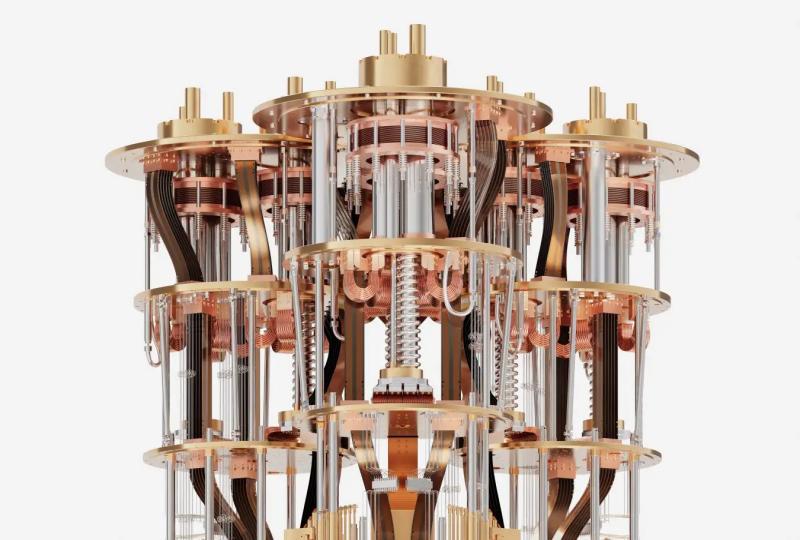Inside Quantum Chip Technology: How It Powers Computing
2025.05.04 · Blog quantum chip technologyquantum chip
What Is Quantum Chip Technology?
Quantum chip technology lies at the heart of quantum computing. Unlike classical chips that use bits as either 0 or 1, quantum chips use qubits—quantum bits capable of existing in multiple states simultaneously due to superposition. These chips are engineered to control and manipulate qubits with high precision, enabling exponential gains in processing power for certain problems.
Quantum chips are built using various physical systems such as superconducting circuits, trapped ions, photonics, and spins in semiconductors or diamond defects. Each platform offers different advantages in terms of scalability, coherence time, and operational fidelity.
How Quantum Chips Work
At a fundamental level, quantum chips must achieve three things:
1. Create and maintain qubits in a coherent quantum state.
2. Apply quantum gates to perform operations based on quantum logic.
3. Read out the result of quantum computations via measurement.
To perform these tasks, quantum chips often require cryogenic environments, microwave control systems, and highly stable materials to minimize noise and decoherence.
Leading Quantum Chip Architectures
There are several competing architectures in quantum chip development, each with its own promise:
-
Superconducting Qubits (used by IBM, Google, and SpinQ): Fast gate speeds and integration with existing semiconductor tech.
-
Trapped Ion Qubits (IonQ, Quantinuum): Long coherence times and high gate fidelities.
-
Photonic Qubits (Xanadu): Room-temperature operation and natural suitability for quantum communication.
-
Spin-Based Qubits (Intel, academic labs): Leveraging existing CMOS infrastructure for better scalability.
-
NV Centers in Diamond: Useful for room-temperature operations and quantum sensing applications.
Real-World Applications Enabled by Quantum Chips
Quantum chips are already demonstrating practical applications in a variety of fields:
-
Drug Discovery: Simulating molecular interactions to find new pharmaceuticals.
-
Financial Modeling: Optimizing portfolios and pricing derivatives under complex constraints.
-
Cryptography: Developing quantum-resistant encryption and eventually breaking certain classical encryption schemes.
-
Material Science: Designing better catalysts and materials at the atomic level.
-
Artificial Intelligence: Enhancing machine learning models via quantum optimization and sampling.
Challenges and Outlook for Quantum Chip Technology
Despite rapid progress, scaling quantum chips to support fault-tolerant quantum computing remains a major challenge. Key issues include qubit coherence, error correction, and quantum interconnects. Researchers are exploring modular and distributed chip designs, advanced fabrication techniques, and hybrid quantum-classical architectures to overcome these barriers.
Still, quantum chip technology is advancing steadily, with breakthroughs from companies like Google, IBM, and startups like SpinQ and Xanadu, signaling a clear trajectory toward more powerful and accessible quantum processors.
Conclusion
Quantum chip technology represents the foundation of the quantum revolution. As the core engine of quantum computers, these chips are evolving rapidly, driving new capabilities in science, industry, and security. Whether you're a researcher, developer, or simply curious about the future of computing, understanding quantum chips is key to grasping the profound shift that lies ahead.
Featured Content






